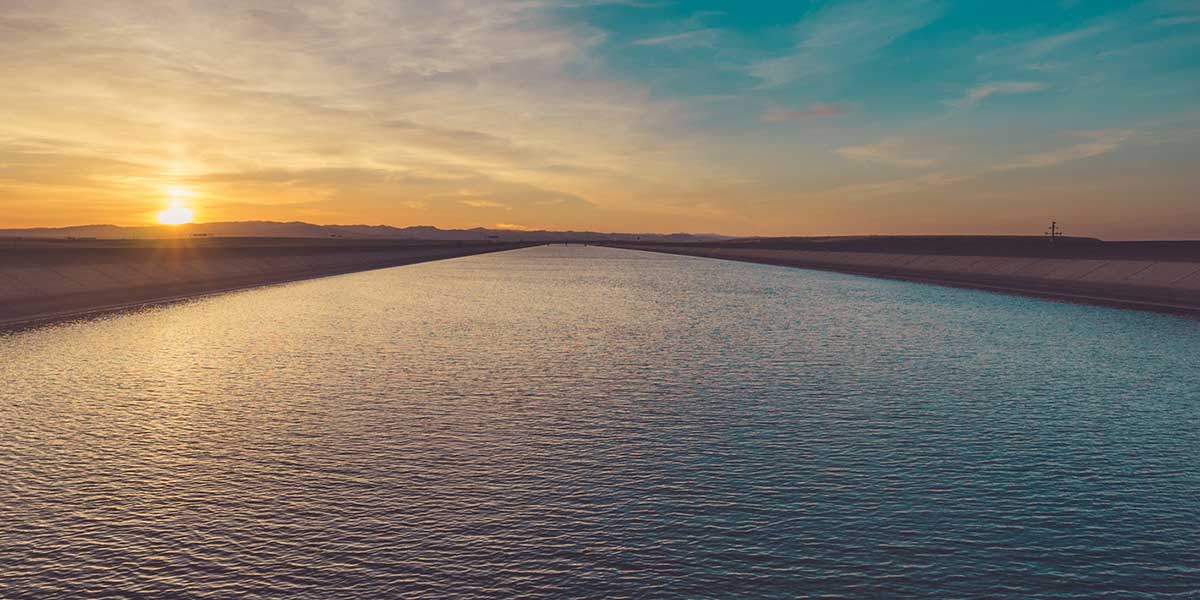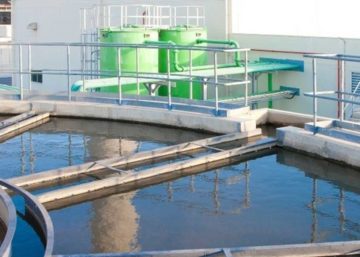To assist NMCG as a sub-consultant with ‘WS Atkins’ in Evaluation of very old sewage treatment plants, preparation of assessment and augmentation reports of 21 STPs in and around Kolkata city.
Background:
Cleaning up river Ganga has been a major national objective for numerous years. To that end, the National Mission for Clean Ganga undertook a project to assess the current state of 57 STPs discharging their effluent into tributaries of Ganga or into the river itself and bring the STPs up to the optimal functioning state. This work was awarded to WS Atkins India Pvt Ltd and Wapp, as a sub-consultant to WS Atkins, undertook 21 of these 57 STPs. Out of the 57, 36 STPs were in West Bengal, which was deemed to be the most problematic of the bunch with almost all of them being completely defunct.
Results
All B&S, as well as A& A reports, have been satisfactorily prepared and submitted for the consideration of the relevant authorities. The reports shall form the basis of future development works to be undertaken by the state as well as central government to improve the state of sewage treatment infrastructure in the Ganga river basin. Cleaning of Ganga river holds great cultural and ecological significance for our nation and Wapp, through its technical and engineering capabilities, has been a fortunate contributor to this noble cause.

Figure 1: Primary Clarifier at Kamarhati STP

Figure 2: Aeration Tanks at Naihati STP
Wapp’s Approach: Intensive Field Studies and Reverse Engineering coupled with an Innovative Approach for Technology Upgradation and Capacity Augmentation
The project was divided into the following activities:
1. Data collection from relevant authorities
2. Field data collection
3. Report preparation-DPR
All activities were undertaken simultaneously to produce the best results in the timeliest manner. a sampling schedule was decided upon that ensured that all the samples were representative samples and accounted for any diurnal variations. Close to 34 parameters were tested at each site with one week dedicated to the sampling activities
at each STP. Parallel to the sampling, the assessment activities were commenced.
Field teams were created which visited the STPs and documented, with pictures, each electrical, mechanical, and civil component while recording observations regarding the physical state, operational state, safety considerations, and the maintenance schedule of the components. These observations were then compiled into “Background and Screening” (B&S) reports and summarily submitted to NMCG through WS Atkins India Pvt. Ltd.
The next phase of the project was preparation of “Assessment and Augmentation”
(A&A) reports. These reports were prepared with the view of restoring the STPs to their most functional state while retaining as much infrastructure as possible. Also included were recommendations for phase-wise upgradation in technology and capacity to meet the demands until the year 2038. This activity was heavily dependent on the availability of design writemyessay documents and plans for the STPs, which were often not available since the STPs were old and poorly maintained. In this situation, Wapp’s team applied creative reverse engineering approaches based on their knowledge of conventional technologies
like Activated Sludge Process, Trickling Filters, Waste Stabilization Ponds, etc. and the field observations recorded during the preparation of B&S reports to create the most suitable rehabilitation plans for all 21 STPs and also compiled technological and capacity enhancement recommendations to ensure that timely upgradation can take place to treat the sewage generated up to the year 2038.
Proud to be associated with this National Mission of river cleaning








